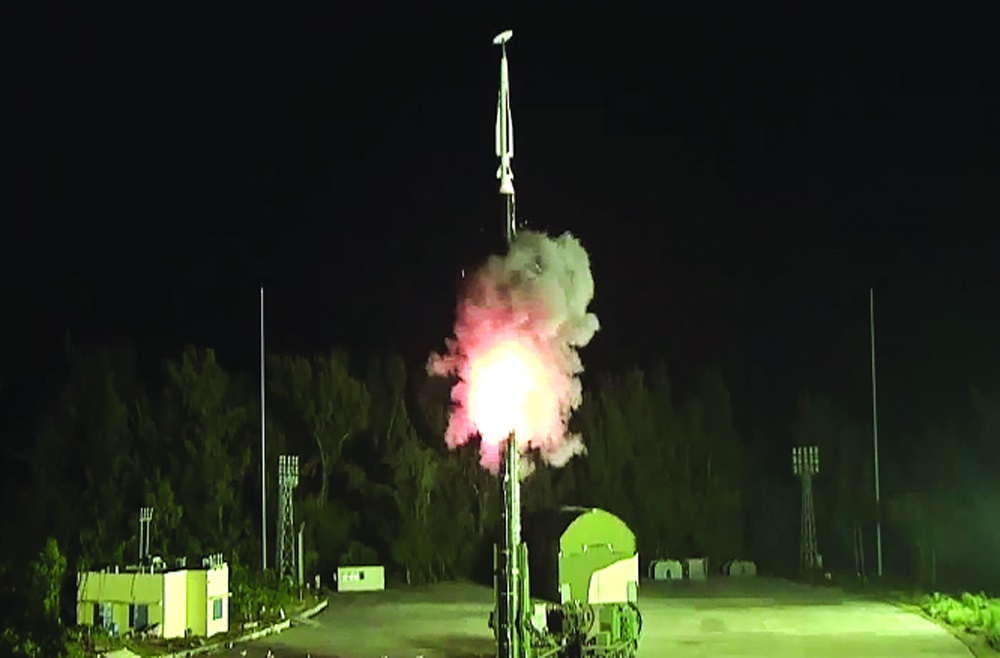India successfully flight tests a first indigenously developed long-range hypersonic cruise missile

India successfully conducted a test flight of its first indigenously developed long-range hypersonic missile from Dr. APJ Abdul Kalam Island, off the coast of Odisha. Hypersonic weapons are considered transformative in modern warfare due to their extraordinary speed, maneuverability, extended range, and ability to carry both nuclear and conventional warheads.
According to DRDO Chairman G. Satheesh Reddy, "The flight data obtained from down-range ship stations confirmed successful terminal maneuvers and impact with a high degree of accuracy." The Defence Ministry further announced that the missile is capable of delivering various payloads over a range exceeding 1,500 kilometers.
Hypersonic missiles are characterized by their ability to fly at speeds of Mach 5 or higher, five times the speed of sound. While reports from The Times of India suggest that India’s missile achieved a speed of Mach 6 other assessments estimate it at Mach 8. However, the DRDO has not yet disclosed the exact velocity.
The hypersonic missile is equipped with an advanced onboard guidance system and mid-flight maneuverability, making interception highly challenging. Unlike ballistic missiles, which also achieve hypersonic speeds but follow a predictable parabolic trajectory, the newly tested hypersonic cruise missile maintains a low-altitude flight path that hugs the Earth's curvature, evading radar detection.
India’s established ballistic missile arsenal includes systems like the Shaurya missile, capable of flying at Mach 7.5 with a range of 1,900 kilometers. However, ballistic missiles are easier to detect due to their parabolic flight trajectory.
This test marks the first time India has integrated a scramjet engine into a cruise missile. While scramjets have been used by ISRO in space launch vehicles, their application in a missile system is unprecedented for the country. Scramjets operate efficiently at near-hypersonic velocities but require an initial acceleration (typically to Mach 4) by alternative propulsion systems, such as turbojet or rocket engines. Unlike ramjets, which decelerate airflow for combustion using a shock cone, scramjets use shockwaves produced by ignition to compress air, enabling efficient operation at extreme speeds.
Although scramjet technology has been under development globally since the 1950s, powered flights using this technology have only been achieved recently.
India’s BrahMos supersonic cruise missile, powered by a ramjet engine, currently achieves speeds up to Mach 3 with a range of 800 kilometers. Efforts are underway to enhance its range to 1,500 kilometers and speed to Mach 8.
With this successful test, India joins an elite group of nations, including Russia, China, and the United States, that have developed hypersonic cruise missiles. Defence Minister Rajnath Singh hailed the achievement as a "historic moment" in a post on X, emphasizing the milestone's significance for India’s defence capabilities.
+ + + + + + +